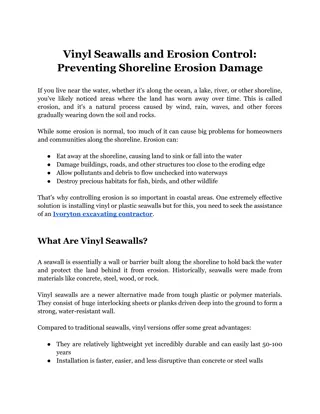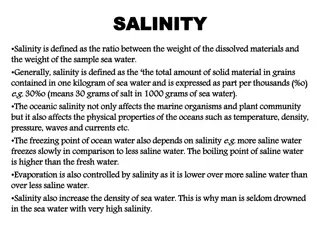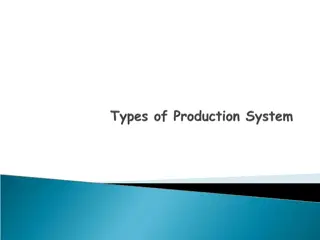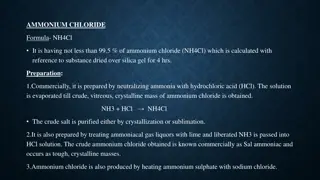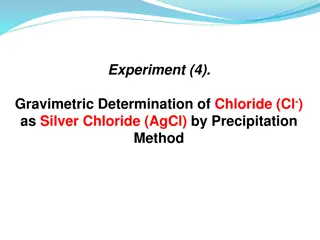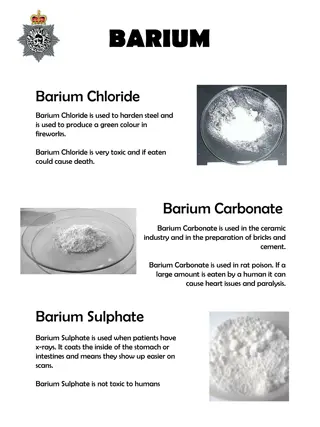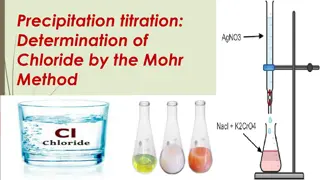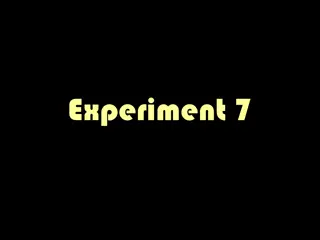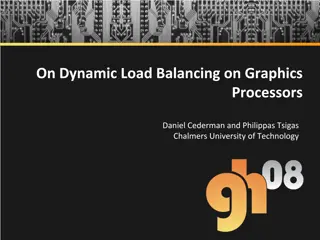Balancing Vinyl Chloride Production Process
In the production of vinyl chloride, different routes are explored to address drawbacks and limitations. The acetylene process, the balance route process, and the drawbacks of each method are analyzed. The use of ethane, ethylene, and acetylene in the manufacturing process is evaluated, highlighting challenges such as HCl by-product formation and capital cost implications.
Download Presentation

Please find below an Image/Link to download the presentation.
The content on the website is provided AS IS for your information and personal use only. It may not be sold, licensed, or shared on other websites without obtaining consent from the author.If you encounter any issues during the download, it is possible that the publisher has removed the file from their server.
You are allowed to download the files provided on this website for personal or commercial use, subject to the condition that they are used lawfully. All files are the property of their respective owners.
The content on the website is provided AS IS for your information and personal use only. It may not be sold, licensed, or shared on other websites without obtaining consent from the author.
E N D
Presentation Transcript
the acetylene process. This route has the major drawback of converting half the chlorine set to it to HCl of this severely limited use of ethane or ethylene in vinyl chloride manufacture.
(3). THE BALANCE ROUTE PROCESS
called balance route. In this, acetylene based of ethylene based process is reacted in parallel, the HCl produced by ethylene do chloride pyrohysis is being fed to the acetylene based process.
in bp inUK. However, this solution to the problem of HCl by-product is not as attractive as it appears at first soght for two reasons.
Firstly, the process requires three reaction stages, so that capitals of operating cost are increased.
Secondly, half the fed is still the expensive acetylene in this form described, it is not a favoured way of making vinyl chloride.
Reduction of aldehyde can also be affected by reduction with aluminium isopropoxide Al(isopropyl). It is known as meerwen pondoff reduction.
DESCENT OF HOMOLOGOUS SERIES
RCH2COOH RCOOH
RCH2COOt RCOO t
BARBIER LORQUIN WISLAND DEGRADATION REACTION
If we make use of Ba salt of the carboxylic acid with barium acetate, there will be reduction in the no of carbon atoms.
GALLAHER HOLLANDER REDUCTION: -
SCHMIDT DEGRADATION REACTION
The oxidants are usually KMnO4, O3, of nitric acid HNO3
RING FUSSION BY ISOMERISATIOON (AL2O3)
It is used in the preparation of indicators e.g phenolpyhalein





